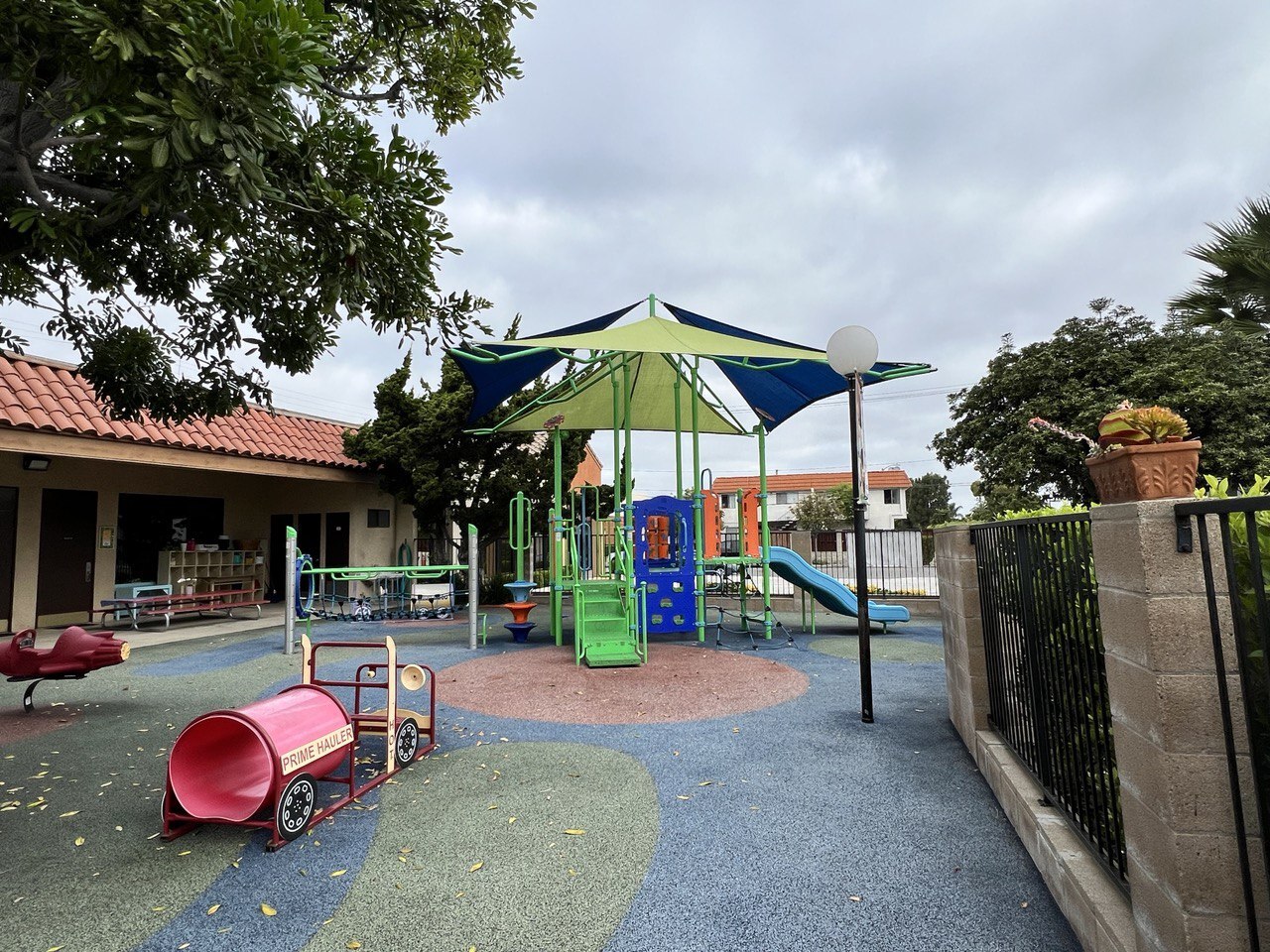Preschool:
The Montessori method gives great importance to the pupil’s formative years. During that time a skilled teacher will recognize the pupil’s intense interest in certain subjects and exercises. Before the age of six, children generally display a special interest in sensorial impressions of color, sound, shape and texture. Proper training materials encourage this and develop discrimination and identification between shades of colors, kinds of sounds, a vast variety of textures, sizes, quantities, dimensions and names of shapes. Dr Montessori refers to students as “young explorers” who will refine and educate their senses for the visual, tactile, auditory and stereognostic.
Reading is introduced within the language-sensitive period, usually birth to six years. math starts with textured sandpaper numerals. At the age of 3 to 3½ years, math starts with textured sandpaper numerals. At 4 to 4½ years, art, culture, science, history, geography and foreign language are introduced. One of the secrets of Montessori is the discovery that the child has a mind able to absorb material. The method emphasizes unlimited learning ability while encouraging self-discipline and self-direction.
Elementary:
The Montessori gives great importance to the pupils’ formative years. It focuses on the total development of the children, social and academic. Dr. Montessori refers to the students as “young explorers” who will refine and educate their senses of visual, tactile, auditory, olfactory and stereognostic in a specially created environment filled with unique apparatuses designed to enhance these specific learning experiences.
At the young age of three, children will be introduced to math and language with textured sandpaper numerals and letters. They will recognize sounds of the alphabet in a phonetic way and will begin to compose and read short words. Children will learn about continents, parts of various animals, and many other interesting scientific subjects. They will also learn about American Indians, geography, and history. They will do arts and craft that celebrate the world around us, culturally and in nature.
The lessons an presentations are part of what Dr. Montessori called “the prepared environment”, a tangible, concrete, manipulative and scientifically designed place which will create a joyful experience for your child!

